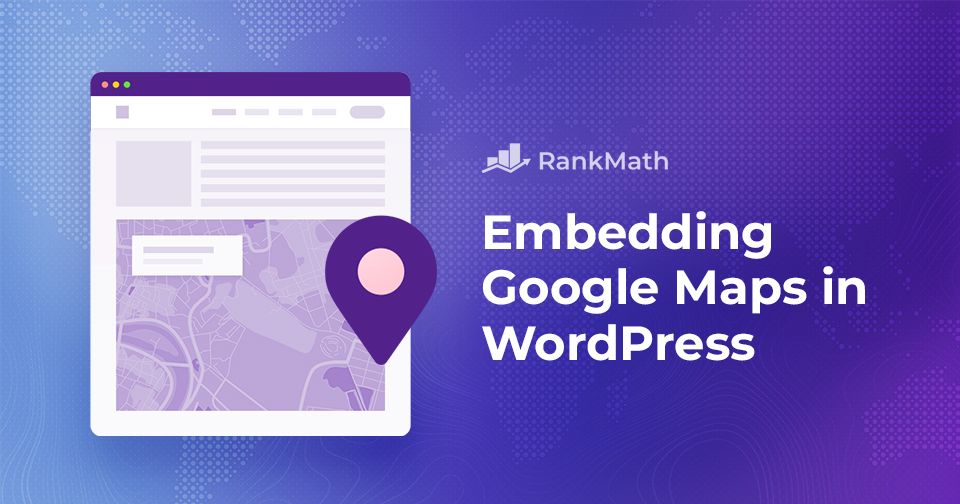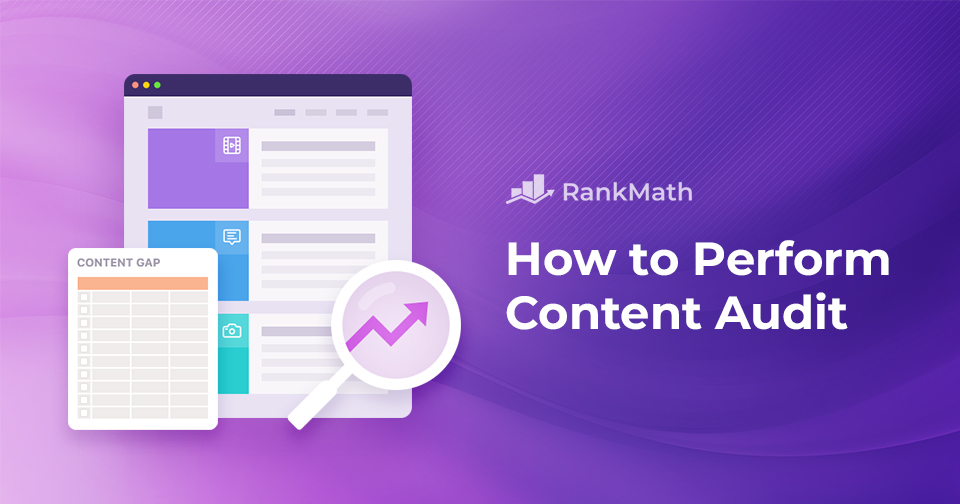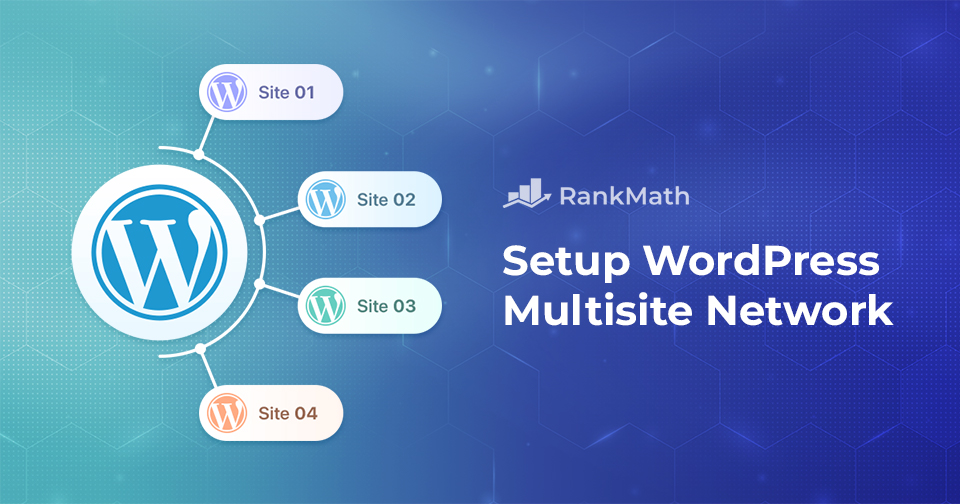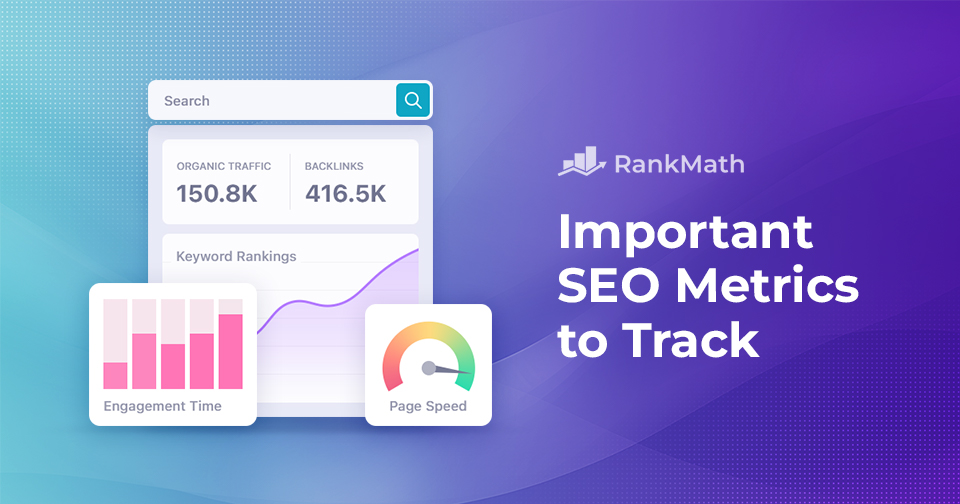How to Embed Google Maps in WordPress
Do you want to show your business location, highlight nearby landmarks, or make your contact page more interactive?
Embedding Google Maps in your WordPress site is a simple yet powerful way to do just that.
Google Maps, a widely used mapping service, enables your audience to search for locations, obtain directions, and explore nearby places effortlessly.
In this post, we’ll walk you through the easiest methods to embed Google Maps in WordPress—no technical skills required.
Are you ready? Let’s get started.
Continue Reading





